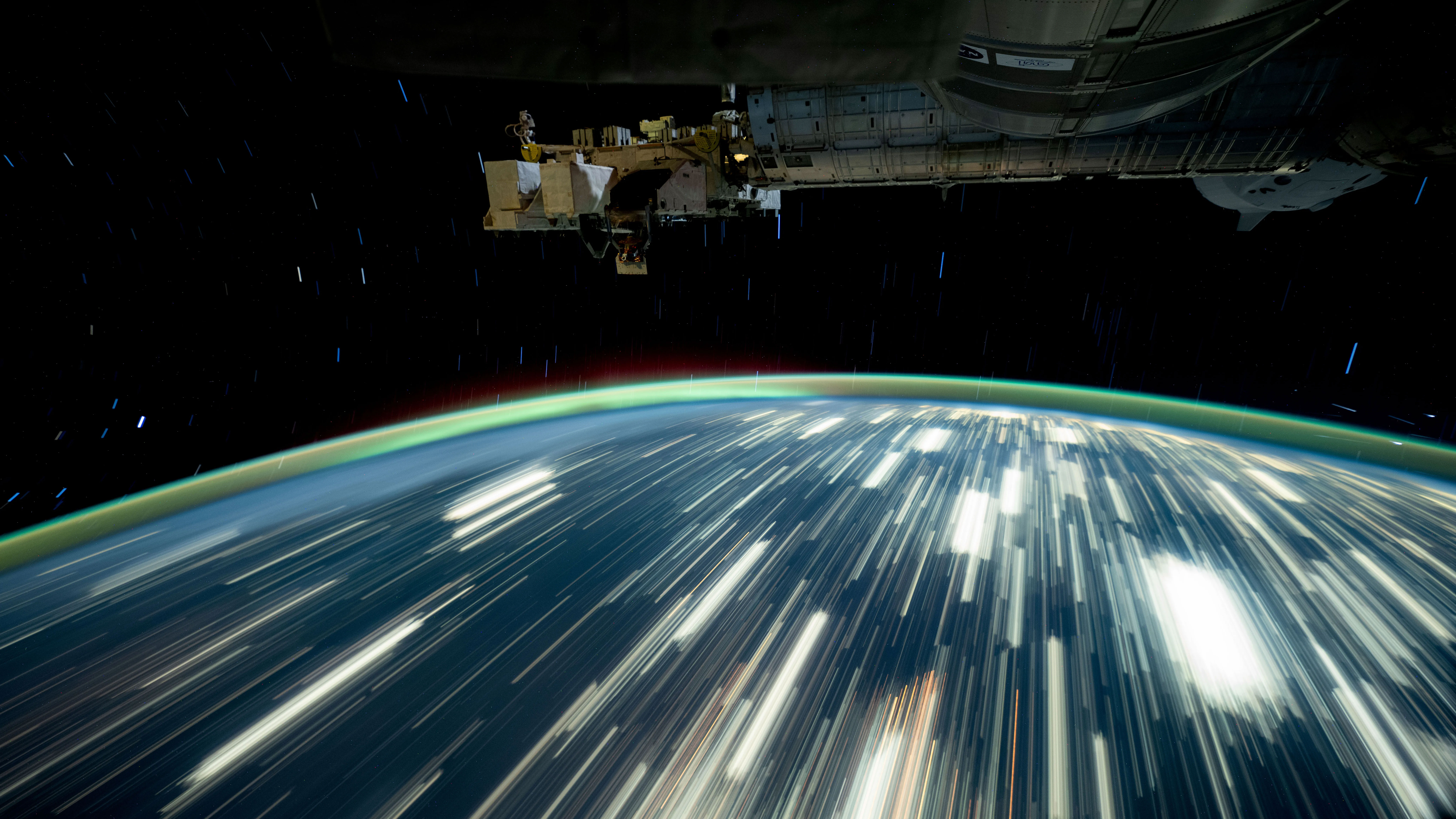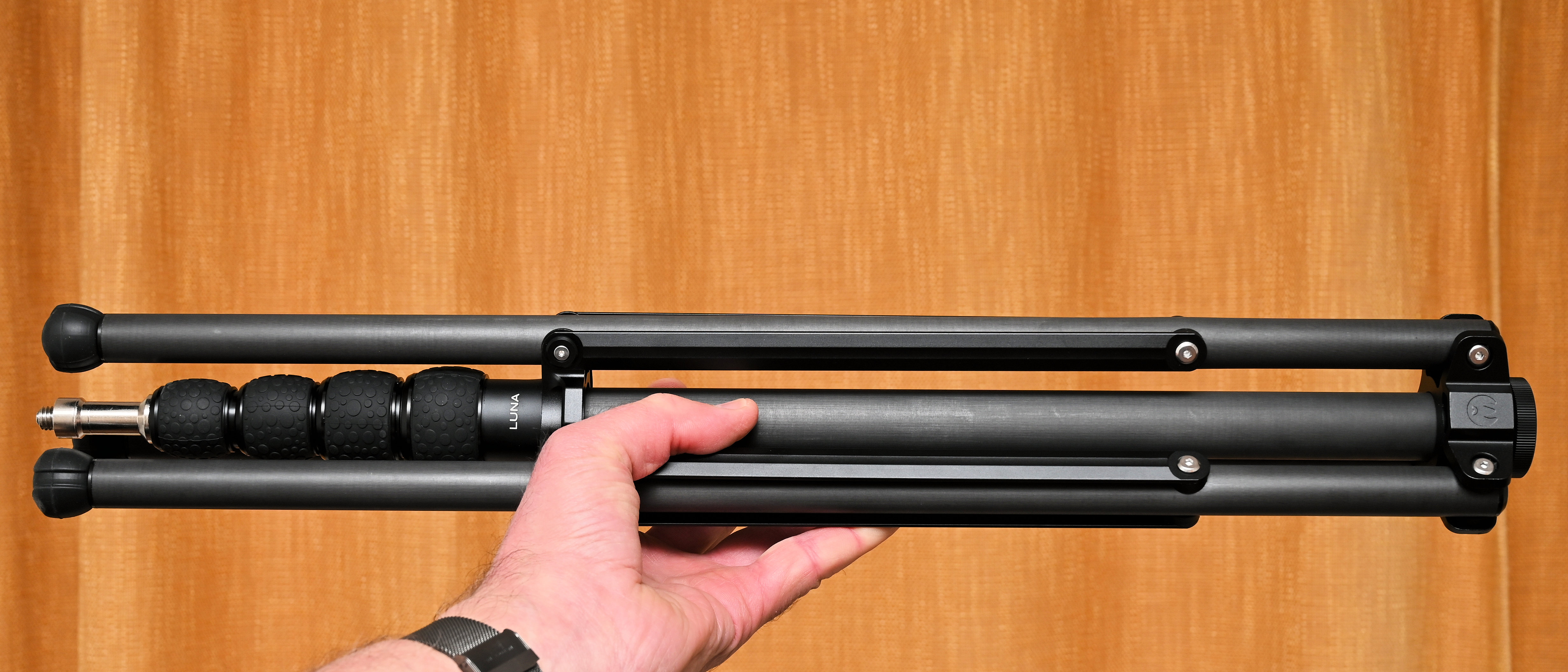Astronaut Don Pettit talks all things astrophotography from the International Space Station
The inventor of the Zero G Coffee Cup said: “Talking about imagery and astrophotography from space is one of my favorite topics”

NASA astronaut and chemical engineer Don Pettit is known for his incredible orbital astrophotography as well as his in-space inventions, including the Zero G Coffee Cup, which received the first ever patent for an object invented in space.
Pettit has previously given photography masterclasses from space, and recently gave an interview with NASA while aboard the International Space Station. He talked about the importance of astrophotography, and the challenges of taking photos in space, another camera invention, and the most significant image he’s captured.
“Images from space helped tell the story to people on Earth that don't have the opportunity to go into space. When your mission is over its photographs and memories…and the photographs help complete the story of what it means for human beings to expand space and expand into this Frontier.”.
Pettit says that the camera technology has improved hugely since his last mission 12 years ago, pointing to an Arri lens behind him mounted on a Nikon camera body.
“It’s a 15mm wide angle lens. It looks like a telephoto lens, but it’s an extremely wide angle, and it’s really fast. It has an f/stop of f/1.5, in in the vernacular of these Cinema lenses T1.8.”
He then floats a huge camera system towards him which he describes as a “joy to work with” with its Nikkor 800mm telephoto lens and a solar filter.
“You can have it on a little arm and because it’s weightless you can just push it around with two fingers and do imagery in a way you can’t do on Earth. There are things we can do up here that would make many photographers envious when they’re mounting their heavy gear on these stout tripods .”
Get the Digital Camera World Newsletter
The best camera deals, reviews, product advice, and unmissable photography news, direct to your inbox!
The ISS takes around 90 minutes to orbit the Earth and keeps its same side pointed towards Earth the entire time, so the Station rotates once every orbit, which stops Pettit from taking long time exposures of the stars. To combat this, he’s built his own wind-up star-tracking device
A post shared by Don Pettit (@astro_pettit)
A photo posted by on
“What I wanted to do was make a tracking system that instead of rotating once every once every 24 hours to counter Earth's rotation, which is what amateur astronomers do on Earth, this device rotates once every 90 minutes, so it counteracts the rotation motion of the station. It allows you to photograph stars as pinpoints so you could do time exposures.”
When asked what his most unexpected or personally significant image he’s captured during this image is, Pettit answered: “I did some imagery of freezing thin wafers of ice, so that you could look at the interlocking single ice crystals under polarized light.
A post shared by Don Pettit (@astro_pettit)
A photo posted by on
“I happen to have access to a freezer that goes down to minus 100 degrees centigrade and that was a really fun bit of imagery, to look at the crystal structure of ice when it freezes in microgravity.”
Pettit also pointed out that while these images taken by astronauts on the ISS are not only an incredible research resource and entertainment for us on the ground, they are all taken during the astronauts free time.
A post shared by Don Pettit (@astro_pettit)
A photo posted by on
“With all the science and engineering research going on, and then the maintenance, it all has to be orchestrated, and we take pictures during these operation tasks to show what we've been doing.
“They're kind of pseudo boring engineering pictures of clogged urine filters and things like that. All the Earth orbit pictures, and all the pictures that you see showing what life is like on station, these are all done in astronauts off duty time. We typically have no time scheduled to just take beautiful pictures of Earth and show what it's like up here.
“But it's a labor of love, and that's what astronauts spend a lot of their off-duty time doing, collecting the photographs that go with the memories to tell the story of what it's like up here."
Take a look at our guide to the best cameras for astrophotography, and the best star tracker mounts for astrophotography.

After graduating from Cardiff University with an Master's Degree in Journalism, Media and Communications Leonie developed a love of photography after taking a year out to travel around the world.
While visiting countries such as Mongolia, Kazakhstan, Bangladesh and Ukraine with her trusty Nikon, Leonie learned how to capture the beauty of these inspiring places, and her photography has accompanied her various freelance travel features.
As well as travel photography Leonie also has a passion for wildlife photography both in the UK and abroad.

